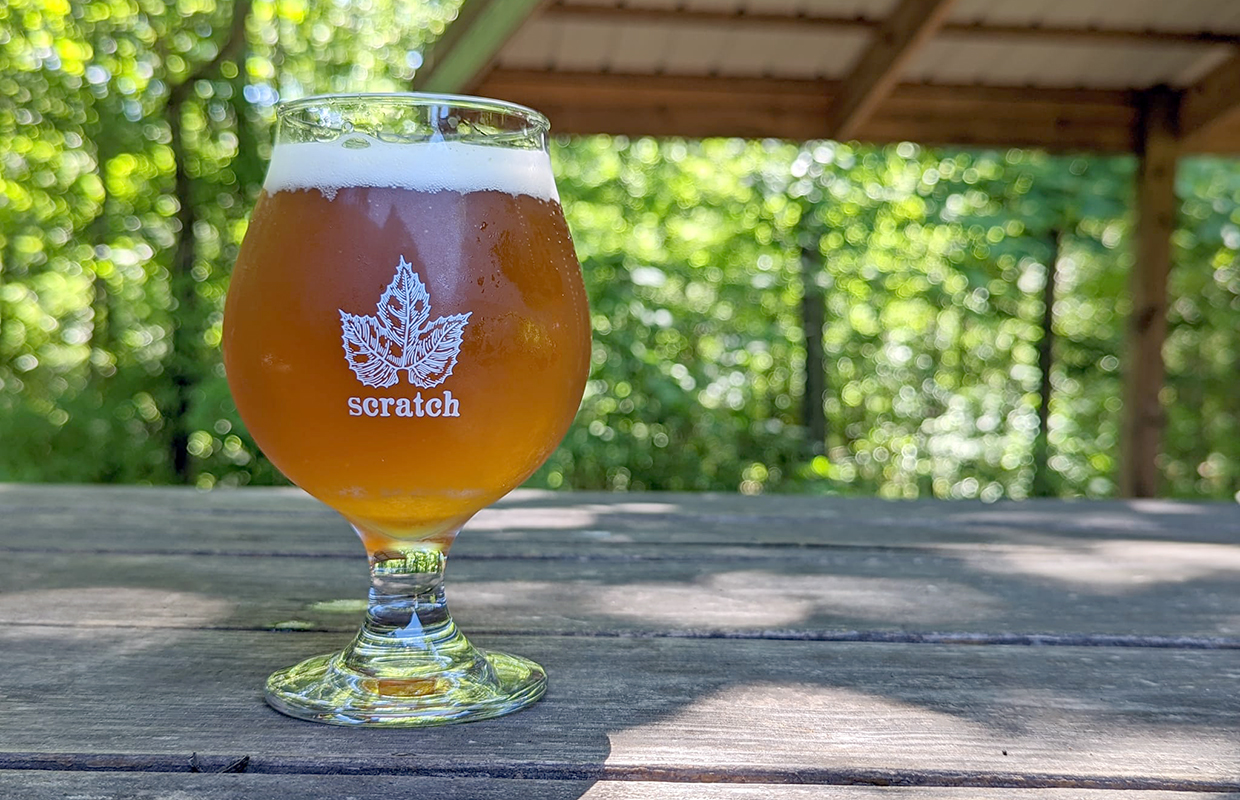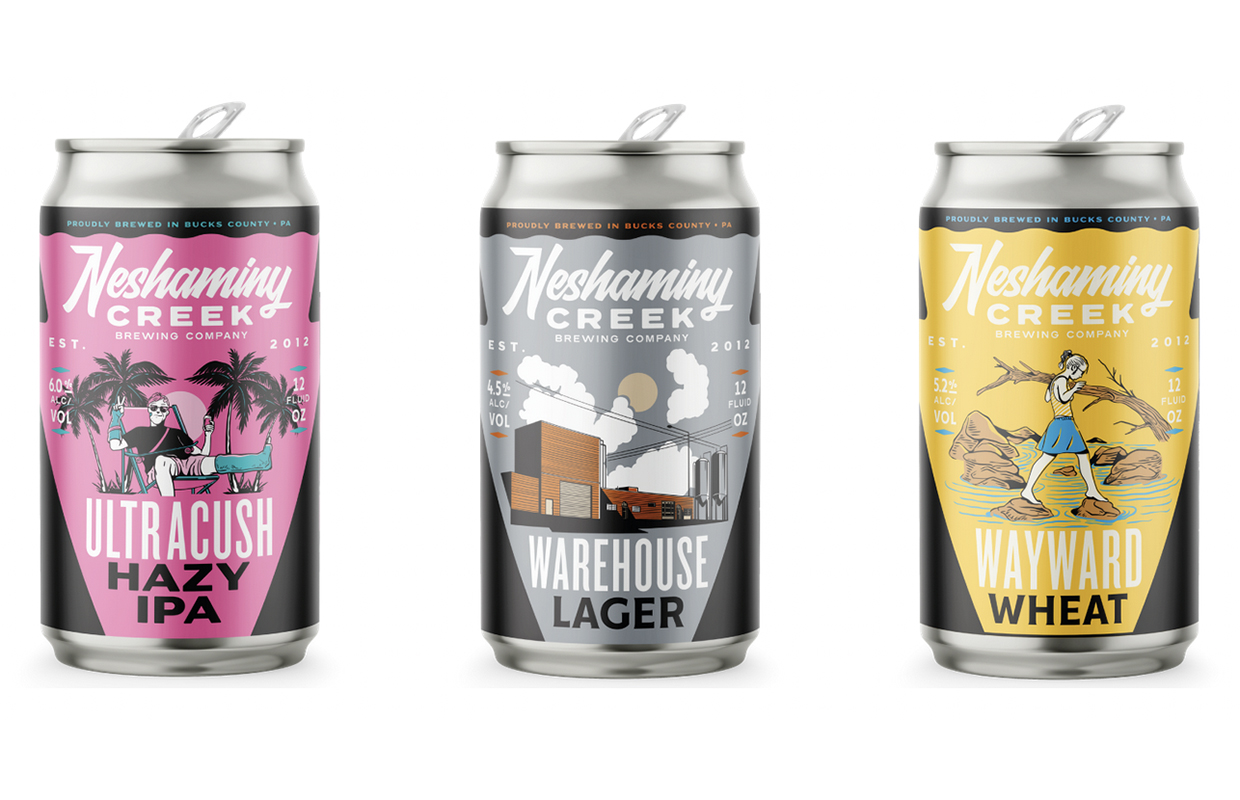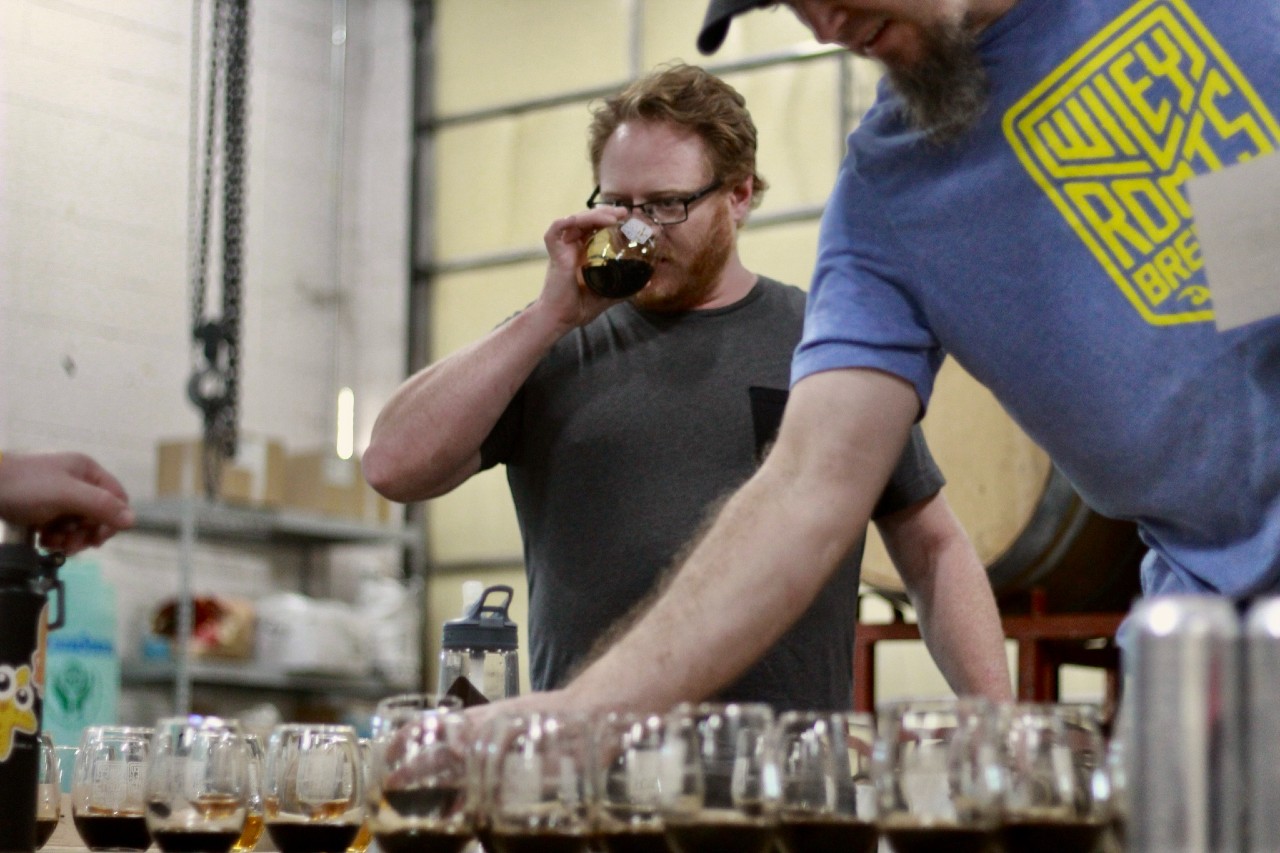
The US is so diverse agriculturally, explained Marika Josephson, and a brewery like Scratch in Southern Illinois has been capitalizing on the process of showcasing what is available locally into its beer for a decade now.
“There are so many things growing in so many different corners, nooks and crannies of this country that don’t grow elsewhere. I would love to see more of that,” she told Brewer recently at the 2023 Craft Brewers Conference in Nashville. “We just went out to visit Fair Isle last summer. And there are so many wild berries that grow in the Pacific Northwest that don’t grow anywhere else.
“Utilizing those ingredients in beers just seems like a no-brainer to me because it’s something that’s really unique. It’s really thrilling to see more of that because it makes for more unique beer. It’s not just the same old styles that we see quite often wherever we go.”
Showcasing Maple trees from their Ava, Illinois property, Scratch was pouring a Maple Bark Lager during the week at Harding House Brewing in Nashville for a “Near Beer” event. It was showing how hyper-local beers can have a true sense of place.
“This is what’s fun about maple bark,” Josephson said. “When you put maple syrup into a beer, it ferments out entirely and leaves behind very little flavor. You always want that maple aroma, but you don’t get very much of it when you put maple syrup in a beer.
“But you can actually make something that tastes a lot like maple syrup by toasting it, boiling it in water, and adding sugar to it. That syrup tastes a lot like maple syrup.”
The inspiration for the Maple Bark Lager, Josephson said, was she wanted to make a beer that tastes like maple syrup, but didn’t use maple syrup, so they could capture that flavor and aroma differently.
“We toasted so much maple bark, and we’re surprised that the resulting aroma was fairly mild,” she said. “But, it’s back there. You kind of get it at the end of the sip. Because you’re not using the sugar that ferments away. It just kind of is captured in the beer and we put the bark into the boil.”
The brewery’s whole mission from the beginning was to make beer at its facility that really tasted like Southern Illinois.
“Things that incorporated ingredients that grew in our area, whether they were things that were farmed locally or grown on our property, or that we were finding the woods around the brewery,” she explained. “I like to say it’s beer that has a sense of place.”
Using mostly a sourdough yeast culture Scratch will switch to a Lager yeast for winter months to utilize the colder temperatures in the area. That’s Lagering season and where Maple Bark Lager was birthed.
“It’s fun because it gives us a break from the sourdough,” Josephson said. “It allows us to taste some of the ingredients that we know quite well, working with the sourdough culture, but in a different way, because we have that clean, crisp fermentation profile.
“We can taste some of the ingredients differently. And that’s really fun.”
For people that are local and visit the brewery for the first time, Josephson said even people who don’t drink craft beer see some of the ingredients but have a lot of familiarity with them. That connects them to the brewery.
“They grew up with them. You don’t need to tell them very much about it because they know what to expect from the flavor of those ingredients,” she said. “They’re sort of re-experiencing things that they know from their childhood, which is kind of cool.”




Be the first to comment